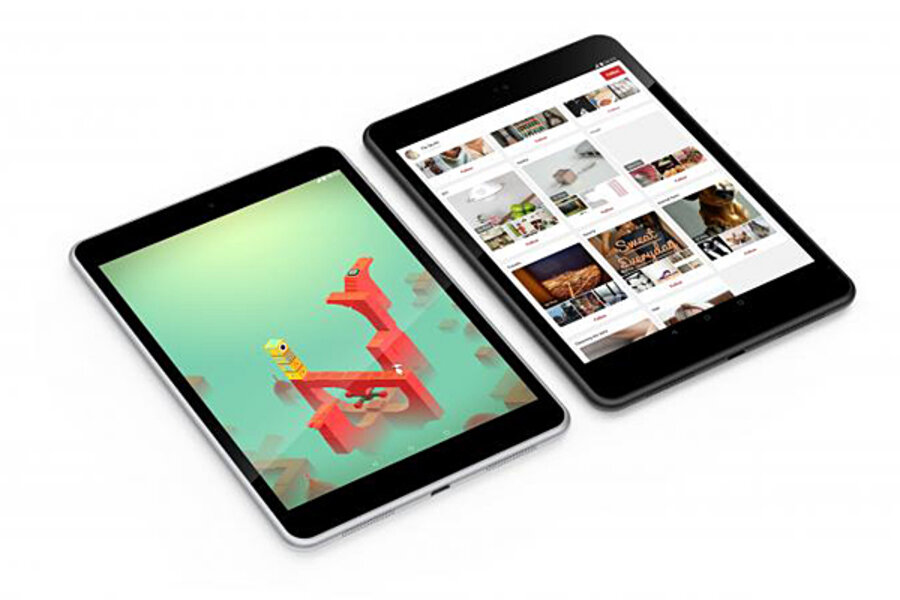Nokia N1 tablet looks like an iPad but runs Android
Loading...
When you first see the tablet, you might get déjà vu. It looks almost exactly like Apple's iPad mini.
But it's Nokia's new N1 tablet, which the company released Tuesday. The N1 is the first Nokia device since the company sold its devices and services unit to Microsoft for $7.2 billion in April.
The new device runs on Android 5.0 Lollipop. It will use Nokia's new Z Launcher interface to help users find content. The interface learns what content is most accessed by the users and begins to predict what the user wants, so that content can be found by simply writing a letter or two on the screen. Z Launcher is part of Nokia's attempts to strengthen the company and move away from manufacturing devices. Nokia will begin licensing the Z Launcher layer to other companies and allowing third parties to build products with the Nokia brand.
"We are pleased to bring the Nokia brand back into consumers' hands with the N1 Android tablet, and to help make sophisticated technologies simple," said Sebastian Nyström, head of products at Nokia. "The N1 has a delightfully intuitive interface and an industrial design to match it. This is a great product for Nokia fans and everyone who has not found the right Android tablet yet."
The tablet has a 7.9-inch screen with 2048 x 1536 resolution. Those are the exact same specs as the iPad mini 3. The similarities go on. The back of the N1 has the same aesthetics as the iPad, with the same placement of the 8-megapixel camera, headphone jack, and buttons. The N1 also has a same "Natural Aluminum" case, which makes the device feel like an Apple product.
"The only things missing here to complete the iPad mini look are a home button, chamfered edges, and an Apple logo," wrote The Verge.
Though the looks are similar, Nokia has some better features. The screen is fully laminated, and at just under 0.3-inches thick and 0.7 pounds, it is both thinner and lighter than the iPad mini. The tablet has a 2.4GHz quad-core Intel Atom Z3580 processor, 2GB of RAM, and 32GB of storage.
Nokia worked with Foxconn to build the N1. Apple also works with Foxconn to create some of its products, including the iPad. The partnership with Foxconn means Nokia doesn't own all of the manufacturing of the device. That is part of the company's desire to move away from building products.
“We have consistently said we are no longer in the business of manufacturing and selling these kinds of devices,” Mr. Nyström said, according to PCWorld.
Nokia's brand name has been declining for several years, and the N1 is an attempt to release a device while the Nokia brand still holds some weight, says Ben Wood, an industry analyst at CSS Insight. Nokia is entering the tablet market at a time when sales of the device are struggling. The tablet market grew only 11.5 percent compared with last year, according to research firm IDC. Unlike mobile owners, tablet users hold onto their devices longer, which is contributing to lackluster numbers.
"[T]he tablet space is a cut-throat business and it's going to be tough for Nokia to make a big impact without spending a lot of money on marketing," Mr. Wood told CNET.
Nokia's N1 will go on sale in the US and China around February 19. It's set to cost $250, which is $150 less than the iPad mini 3.






